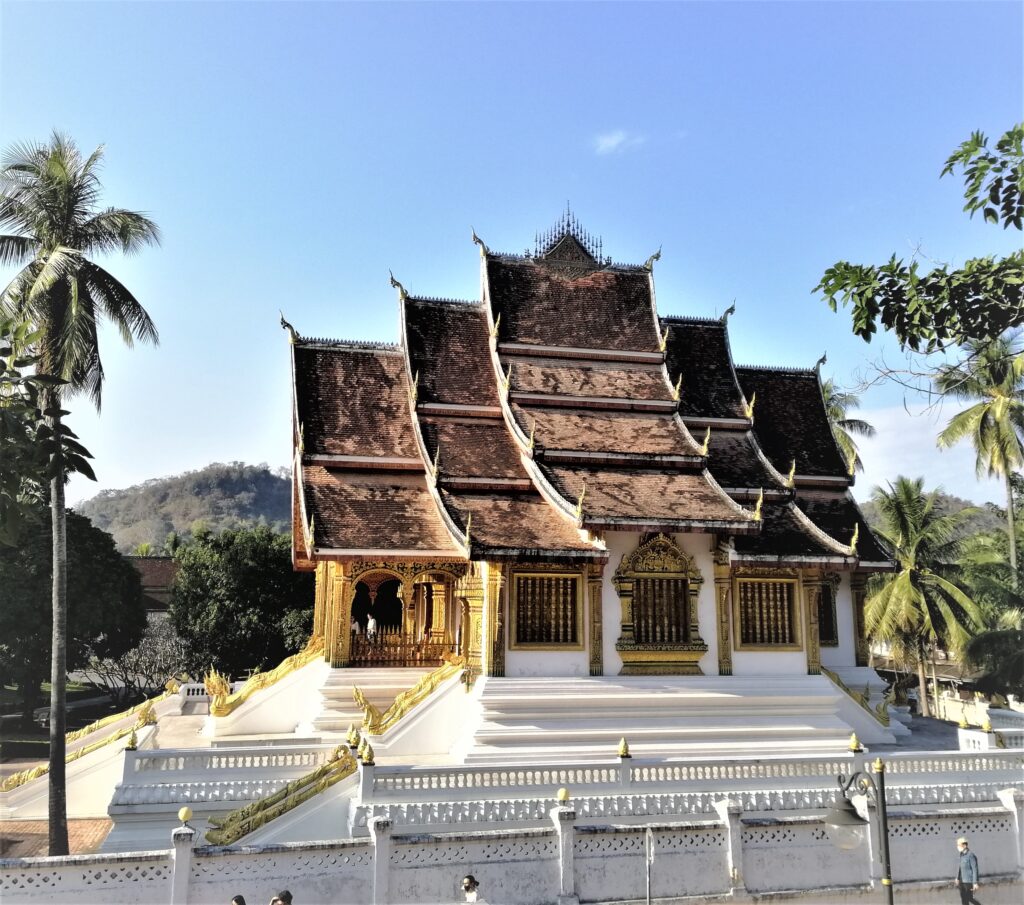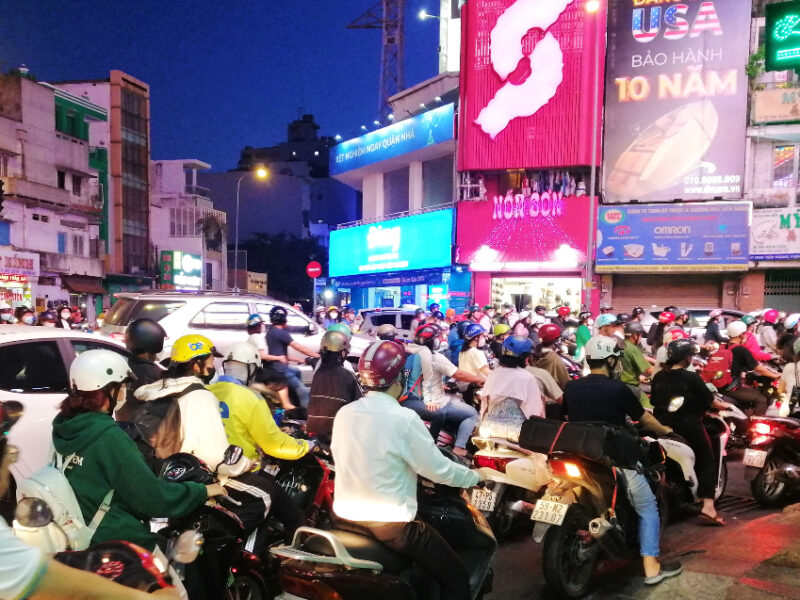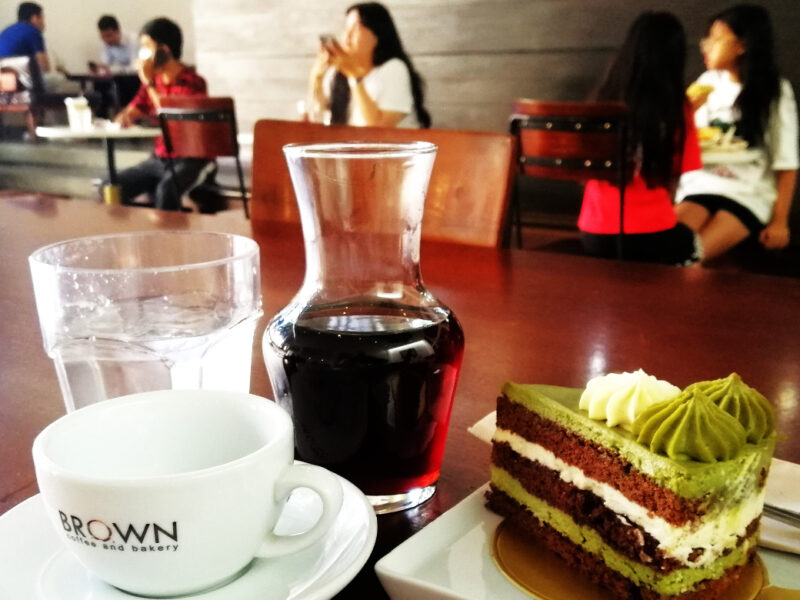Temple gazing has never been high on my travel to-do list. Like so many people drifting in SE Asia, I’ve taken the following stance:
Another temple. How many temples can I see?
However, as humans, we have the open-minded ability to change views if we desire to.
After recent admiration for a few wats in Chiang Rai, I kept the vibe alive in Laos’ UNESCO site of Luang Prabang.
According to Nomadasurus:
Luang Prabang has 34 temples.
I ddidn’t visit close to that amount, but I lost count as to how many I wandered into while strolling along the quaint, tree-laden, French-Lao streets where the Mekong and Nam Khan rivers intersect.
It is hard not to notice striking architectural design that might remind you of an enchanting story from yesteryear. This is virtual time travel.

Many who travel in Thailand learn the word for temple in Thai:
Wat.
In Lao, many words appear similar to Thai.
Vat = temple in pasa Lao (Laotian language).

Having grown up in a non-eastern milieu, sites like this put me in awe.

Whether strolling the evening streets with a destination in mind or not, you can’t help but notice visually-pleasant, ubiquitous temples.

This colorful construction is called Haw Kaham, I don’t know whyVat isn’t part of the name. It’s on the grounds of the Luang Prabang National Museum (Royal Museum).
This is the only temple I visited where other tourists were present. I typically ended up at the lesser-known ones that didn’t have a 20,000 K Kip ($1.30) entrance fee.
At the free-to-enter vats, I only saw the occasional monk in a saffron robe, meditating or performing duties.

The impessive Luang Prabang Royal Art Museum costs 30 K Kip (under $2). Apparently you can wander to the temple without buying a ticket for the museum. However, $2 for an excellent exhibit archive is a fraction of what you’d pay for entry into an intriguing institution in Europe or North America.
I’m grateful that Laos doesn’t inflate the prices for falang (foreigners).

It wasn’t only the magic of the temple architecture that struck me, but also the stupas, statues and the grounds. Like a majestic mosque in the Middle East, or a colossal church Europe or Latin America, these animist, Buddhist and Hindu vibrations put me at complete ease.


If the doors to a temple are open, anyone can walk in and pay their respects, gaze in awe and/or leave a small donation in a box.
It’s important to take your shoes off and wear clothes that cover the skin. In Lao culture, shoes are taken off before entering a home. I’ve experienced the shoe removing custom in Japan, Norway and Thailand. To me it is completely logical. I’d be happy if the whole world adopted this cleaner attribute.



A ramble around a temple complex wouldn’t be complete without being mesmerized by the mythical statue art with its roots in Buddhism, Hinduism, Animism and other sectors of spirituality.

I’m not sure if that’s a pitchfork, but I think most spiritual scholars understand that not all can be good, pure or utopic. There must be some bad, impure and dystopic qualities of existence. Balance and acceptance is the only bliss.

I like to think these depictions will inspire me to meditate more consistently.


Surreal sculptures can be found all over Luang Prabang’s temple grounds.



I love this last one with its powerful words attached. If you stop and think about it, there’s copious noise pollution in our lives. We’ve become so accustomed that it’s the norm. We subconsciously accept it. But how does this stress affect us? Maybe meditation has become more important in today’s mega-fast societal pace.
After wandering into temple complexes for over a week, an enhanced feeling of peace and contentment has been achieved. Am I templed out from Luang Prabang? Certainly not. But I’m happy to take a little break, and see what the next drifting destination brings.
Have you visited a Buddhist temple? Did you feel that extra-peaceful vibe? Leave a comment below.
Collection of photos from Luang Prabang.



Wow! Interesting, What totally amazing pictures of vats. So unique.